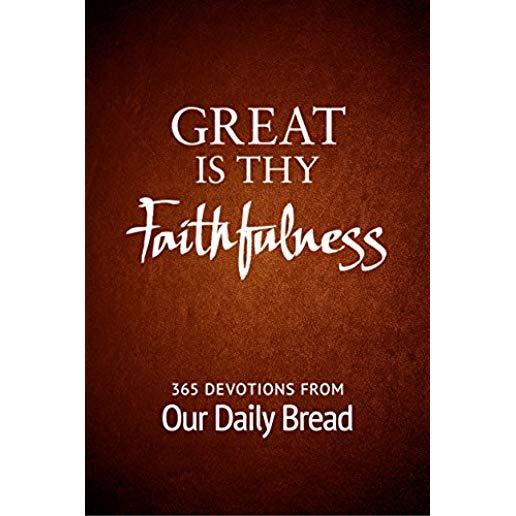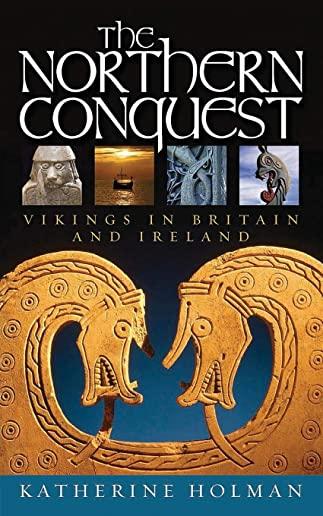
Shusterman, Noah
Although much has changed in the United States since the eighteenth century, our framework for gun laws still largely relies on the Second Amendment and the patterns that emerged in the colonial era. America has long been a heavily armed, and racially divided, society, yet few citizens understand either why militias appealed to the founding fathers or the role that militias played in North American rebellions, in which they often functioned as repressive--and racist--domestic forces.
In Armed Citizens, Noah Shusterman explains for a general reader what eighteenth-century militias were and why the authors of the Constitution believed them to be necessary to the security of a free state. Suggesting that the question was never whether there was a right to bear arms, but rather, who had the right to bear arms, Shusterman begins with the lessons that the founding generation took from the history of Ancient Rome and Machiavelli's reinterpretation of those myths during the Renaissance. He then turns to the rise of France's professional army during seventeenth-century Europe and the fear that it inspired in England. Shusterman shows how this fear led British writers to begin praising citizens' militias, at the same time that colonial America had come to rely on those militias as a means of defense and as a system to police enslaved peoples. Thus the start of the Revolution allowed Americans to portray their struggle as a war of citizens against professional soldiers, leading the authors of the Constitution to place their trust in citizen soldiers and a "well-regulated militia," an idea that persists to this day.







